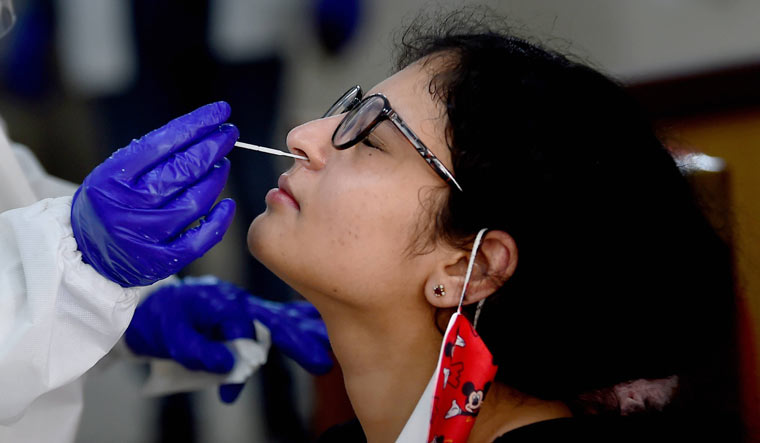Millions of smartphone users all over the world have downloaded symptom-monitoring apps to check off symptoms they observe on their own body and then using it to predict the possibility of coronavirus infection in this fast-moving situation.
A new piece in Family Practice, published by Oxford University Press, indicates that tracking symptoms affiliated with the novel coronavirus through an app may not be a good predictor of the spread of the disease.
In the absence of readily available tests, health care workers have been eager to find a way to identify the illness. Scientists have worked to identify clues to detect those who might have the illness as a way to combat the spread of the virus.
Classical symptoms like fever, persistent coughing and also tiredness, breathlessness, loss of smell or taste, loss of appetite, chest tightness or pain, drowsiness and confusion, abdominal pain, diarrhoea, hoarseness and muscle pain are the symptoms so far observed in connection with COVID-19.
A recent study, "Real-time tracking of self-reported symptoms to predict potential COVID-19," published in Nature Medicine, suggested that a prediction score combining loss of smell and taste, fatigue, cough, and loss of appetite - collected through an app—was able to prospectively identify people at risk of COVID-19.
Researchers have compared the main features of the population involved in the Nature Medicine study, and the performance of their score, with data from a cross-sectional study conducted between March 24 and April 29 2020, and applied the Nature Medicine model to these data.
Applying the probability threshold in the Nature Medicine study to these data indicated that 41 per cent of positive tests were false positives, while 17 per cent of negative tests were false negatives.
In the Family Practice piece, general practitioners referred most patients because they were complaining of COVID-like symptoms. It is likely that this population was symptomatic due to the triage performed by general practitioners prior to testing. Indeed, nearly half the patients in the sample reported fever (45.4 per cent), reflecting the common reason for doctors to refer patients to testing at the time these data were collected.
Fever was registered in the app in the Nature Medicine study by only one-third of patients.
In conclusion, while real-time symptom collection through an app seems to be an attractive method to screen for potential infections, and the Nature Medicine study confirms the crucial value of specific symptoms such as loss of smell and taste, the score proposed in the study does not appear to perform well in a primary care population.
"These results confirm the crucial role of laboratory testing in COVID-19 and the need to support research on COVID-19 in primary care populations," said the letter's lead author, Benoit Tudrej.


